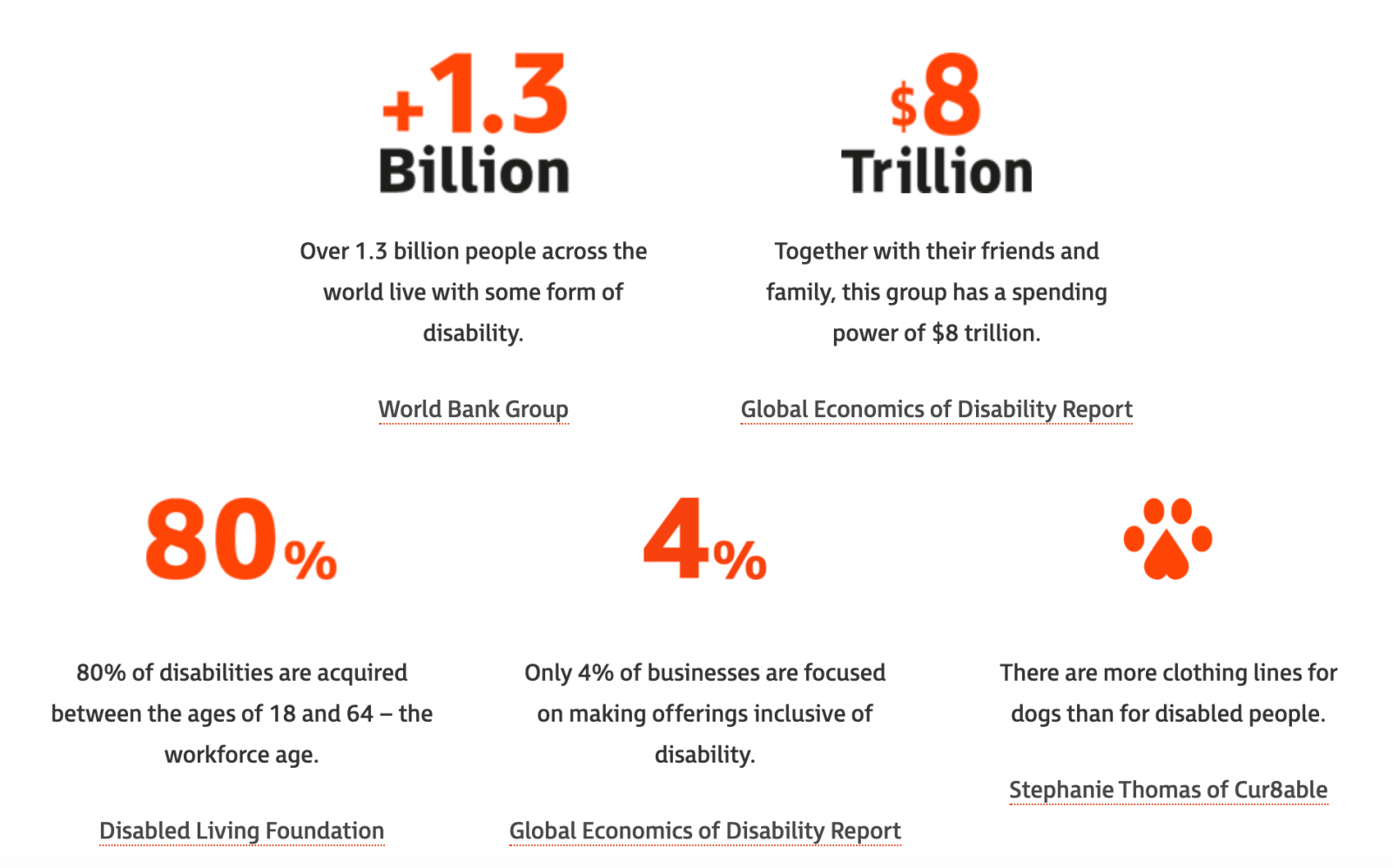Diversity, equity and inclusion
How you can be an intersectional ally (Part 2)

Did you know: According to statistics shared by The Valuable 500;
 Source: The Valuable 500
Source: The Valuable 500
Here’s three ways you can be an active ally:

Disclaimer: The statements and opinions expressed in this article are those of the author(s) and do not necessarily reflect the positions of Thoughtworks.
